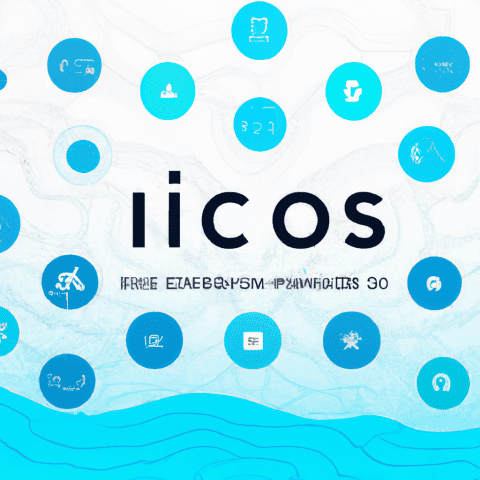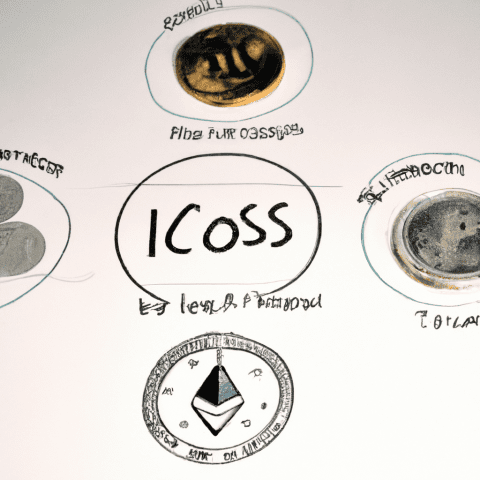In the ever-evolving world of cryptocurrency, Initial Coin Offerings (ICOs) and Initial Exchange Offerings (IEOs) have become increasingly popular methods of crowdfunding for blockchain projects. Both ICOs and IEOs offer investors the opportunity to participate in the growth of exciting new projects, but there are key differences between the two that are important to understand. In this comprehensive guide, we will explore the differences between ICOs and IEOs, highlight some of the top ICOs and IEOs to watch out for in 2021, provide updates on the latest ICO and IEO news, discuss what to expect in the world of upcoming ICOs and IEOs, and offer tips for successful investing in the world of ICOs and IEOs. Whether you're a seasoned investor or just starting out in the world of cryptocurrency, this guide will help you navigate the complex landscape of ICOs and IEOs with confidence.
1. "Exploring the Differences Between ICOs and IEOs: A Comprehensive Guide"
When it comes to fundraising in the cryptocurrency world, Initial Coin Offerings (ICOs) and Initial Exchange Offerings (IEOs) are two popular methods for companies to raise capital. While both involve the sale of tokens to investors, there are key differences between ICOs and IEOs that set them apart.
One major difference between ICOs and IEOs is the platform on which they are conducted. ICOs are typically conducted by the company itself, allowing them to reach a wide audience of potential investors. On the other hand, IEOs are conducted on cryptocurrency exchanges, which act as intermediaries between the company and investors. This can provide a sense of security for investors, as the exchange has already vetted the project before hosting the offering.
Another difference is the level of trust and credibility associated with ICOs and IEOs. While ICOs have been plagued by scams and fraudulent projects in the past, IEOs are generally seen as more trustworthy due to the involvement of reputable exchanges. This can attract more investors to participate in IEOs, leading to potentially higher funding amounts for companies.
In terms of access to liquidity, IEOs have an advantage over ICOs. Since IEOs are conducted on exchanges, investors can easily trade their tokens on the platform after the offering is complete. This provides a level of liquidity that may not be available to investors who participate in ICOs, where tokens may not be listed on exchanges immediately.
Overall, both ICOs and IEOs have their own advantages and disadvantages. Companies looking to raise capital should carefully consider their options and choose the method that best suits their needs. With the growth of the cryptocurrency industry, we can expect to see more innovative fundraising methods like ICOs and IEOs in the future. Stay tuned for the latest news on top ICOs and upcoming IEOs in the market.















